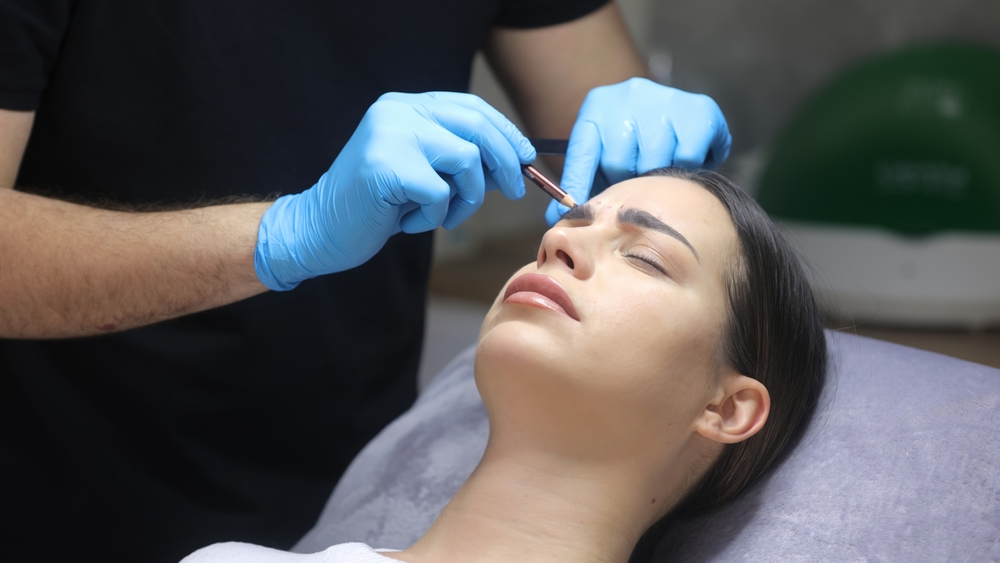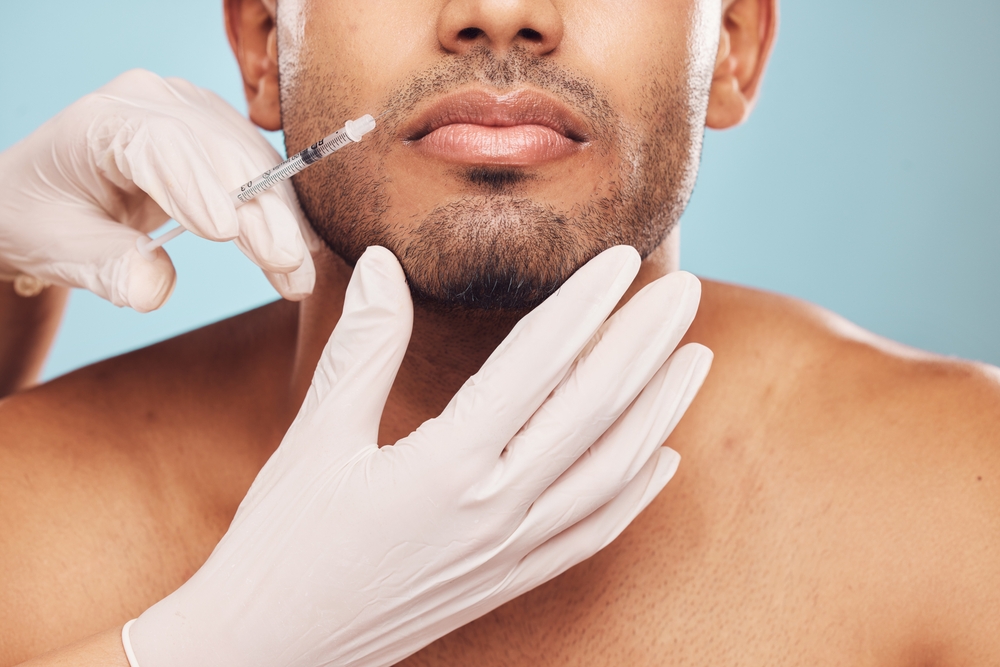SEARCH BLOG POSTS

Can You Workout After Botox?
People get Botox to reduce the signs of aging or to treat certain medical conditions, including excessive sweating and migraines. In order for the treatment to work, the injection needs to be placed correctly and remain where it’s injected. While getting Botox may be a quick and easy procedure, you might be surprised about recommendations for exercise after Botox.
So, can you work out after Botox?
What Happens to Your Body After Botox Treatment?
Botox treatments are typically made from botulinum toxin type A (though type B can also be used), a neurotoxin used to temporarily block the nerve signals to your muscles so they can’t contract. For the medication to work as intended, it is injected in certain areas to treat specific concerns.
Because it blocks nerve signals and paralyzes the muscle temporarily, Botox can be used to address skin concerns related to aging by smoothing and reducing the appearance of wrinkles and fine lines. Botox is FDA-approved for a variety of medical issues like crossed eyes, excessive sweating, chronic migraines, overactive bladder, and more.
This is a minimally invasive outpatient procedure, and you’ll be able to go home the same day. However, depending on the type of treatment you’ve had, you may need to take it easy and adjust your routine for a certain amount of time to minimize potential side effects. You may experience mild discomfort at the injection site after receiving Botox treatment. In addition, much like planning a workout while pregnant or working out after getting a tattoo, it’s important to keep your heart rate at a certain level. This typically means avoiding exercise after Botox for a short time.
How Long Should You Wait Before Exercising After Botox?
Can you work out after Botox, and if so, how long should you wait? The American Academy of Dermatology advises avoiding any strenuous exercise or activity that could increase your heart rate or pressure on your face for at least two hours. Most doctors recommend waiting at least four hours to exercise at all, and many doctors recommend waiting at least 24 hours before working out after Botox. Some providers recommend waiting up to a week to exercise after Botox just to play it extra safe. Most healthcare providers also typically advise staying upright for at least three hours, which means no lying down.
With this much variation among doctor recommendations, how do you know how long after Botox you can work out? You and your doctor should decide based on your current fitness level, your typical exercise routine, and your own unique needs. Regardless, for at least the first 24 hours, it’s best to postpone activities that:
- Put pressure on the injection site, which could include wearing any tight clothing or gear on your head, face, or anywhere you received the Botox
- Involve any bouncing, intense stretching, or inversions that may require hanging your head upside down
- Any quick and powerful movements that involve significant bending or flexion
But can you work out after Botox if you exercise regularly and your body is accustomed to it? The reason you need to wait several hours and should wait 24 hours to do even light aerobic exercise is primarily to prevent the injected Botox from spreading to areas it wasn’t intended to impact. It takes a little while for it to bind to your muscle receptors, so you want to take it easy so the Botox can bind only where it’s meant to. Waiting to work out after Botox can also help reduce the potential side effects of these injections.
Risks of Exercising Too Soon After Botox
If you really love or rely on your workouts, you could be wondering, “Can I exercise after Botox anyway?” Unfortunately, if you’ve just gotten Botox, working out after the procedure isn’t a great idea. Because the injection is targeted to specific areas, you want Botox to stay exactly where it’s placed. If you exercise or do anything strenuous before you should, the Botox can migrate. You definitely want to avoid risking Botox migrating to different muscles, as that can cause temporarily paralyzed muscles in unintended areas. That could mean that for two to three months, you’d have to live with unsuccessful results at best and paralyzed muscles in problematic areas at worst.
If you’ve received Botox on your face and it migrates, you could end up with a crooked smile, drooping eyelids, or asymmetrical features. If your Botox treatment was meant to treat a medical condition, you may not receive the therapeutic results you were hoping for. Depending on where the medication migrates, there’s even a risk of more serious complications, like difficulty breathing, swallowing, or seeing properly.
In addition, it’s a good idea to wait before working out after Botox to minimize the likelihood of exacerbating or prolonging any side effects, including bruising, redness, and swelling at the injection site. Exercising too soon could also make unpleasant side effects like nausea, pain, headache, and flu-like symptoms more likely. It could also worsen side effects that are usually mild. A good rule of thumb is that if you have sore muscles where you received Botox injections, wait to return to exercise until they’re no longer sore.

Which Types of Exercises Are Safe After Botox?
If it’s not strenuous exercise, how soon can you work out after Botox? That depends on your doctor’s recommendations, along with the type of activity. Generally, in the first four hours after treatment, you should avoid strenuous exercise and make sure you don’t touch your face. After that, there may be a few light exercises you can do within the first 24 hours. Check with your doctor first and make sure you don’t raise your heart rate. In that case, how can you safely exercise after Botox?
Light Facial Exercises
These are fine regardless, but if your Botox treatment was in your face, facial exercise after Botox is a particularly great choice. It’s not only your safest workout option after your procedure, but it’s also the one that could help the Botox settle into the muscles faster. Facial exercises can include smiling, frowning, and raising your eyebrows up and down. Anything that involves gently moving your face around—as long as you don’t touch it!—can help you.
Gentle Walking
Think of this as more of a stroll than a walk. You’ll want to go slowly and take your time so you don’t elevate your heart rate or jostle your body around too much. A slow and gentle walk should be just fine and might help distract you from any mild discomfort.
General Daily Activities
In most cases, your doctor will give you the okay to go about your normal daily activities the same day as long as they don’t require any strenuous activity. More than likely, you’ll be okay to go back to work and do light chores around the house as long as it doesn’t involve much bending or heavy lifting. This is not the day for a bunch of laundry or cleaning your shower. Remember to keep things low-key.
How to Safely Incorporate Exercise Into Your Botox Aftercare
If you are going to do some easy, lightweight exercise after your treatment, there are a few simple tips that can guide you.
- Listen to your doctor. Your doctor will give you clear post-treatment instructions. Read them carefully before leaving the office, and ask any questions that might come up for you. Stick to those instructions and don’t do anything before it’s recommended for you to reduce side effects and ensure your Botox doesn’t migrate.
- Pay attention to your body. Even if you’re feeling fine after treatment, doing too much too soon can make those side effects kick in. Always follow your doctor’s instructions, but also listen closely to what your body is telling you. If your body tells you you’re doing too much, slow down and rest. If you experience any unusual or adverse reactions, talk to your doctor.
- Start low and slow. How long can you exercise after Botox? After your treatment, you can slowly begin to reintroduce your workouts according to your doctor’s directions. Ideally, build back up to regular length and intensity over several days. How soon you return to working out after treatment depends on your body, your fitness, and your doctor’s recommendations.
Be cautious, and don’t push it too early in order to get the best results from your Botox treatment.
